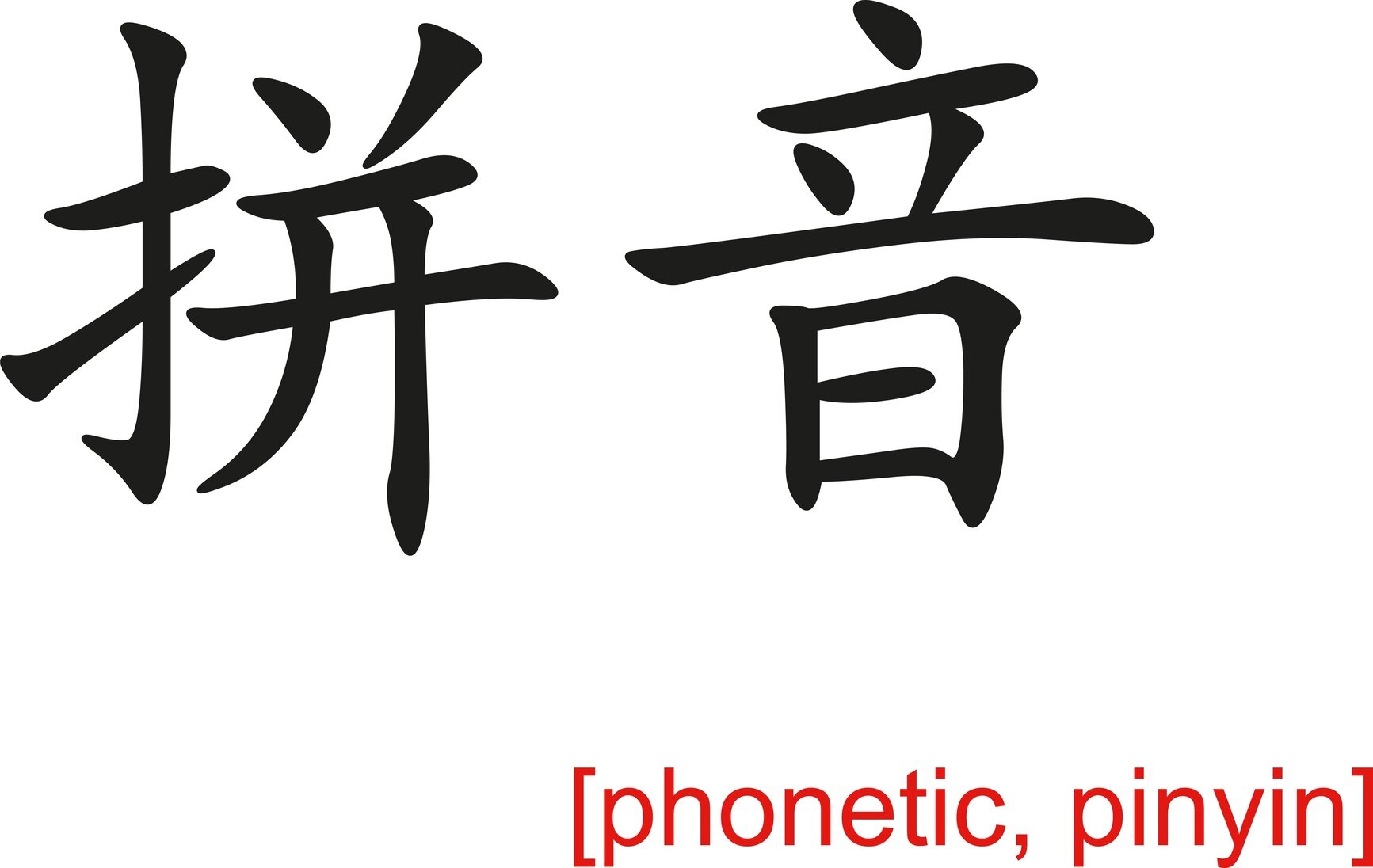Han Yu Pin Yin and Other Chinese Phonetic Systems
Introduction of Hanyu Pinyin System
Hanyu Pinyin System
Hanyu Pinyin is a romanized phonetic system. It was created by Chinese linguist 周有光 (Zhou Youguang) with team and officially adopted by the Chinese government in 1958. Since then, this phonetic system was learned in schools as a tools to study pronunciation of Chinese characters. It is the national standard of pronunciation of Chinese characters and used in standard Chinese. The United Nations and many countries around the world adopted Hanyu Pinyin in 1978. Nowadays, Hanyu Pinyin are widely used on street signs , titles of books, newspapers, name cards, Chinese dictionaries. It was also used as the most common input system for computers, softwares and mobiles devises.
Hanyu Pinyin use 26 English letters to form the phonetic alphabets, however the pronunciation is not equivalent to English. The syllable is the basic unit of Chinese phonetics. Chinese syllables are composed of three parts:
Initials: 23 in total
The initials is all called 声母(shēng mǔ),are equivalent to consonants in English. They are always at the beginning of a syllable. They are categorised into severn groups by their phonetic characteristics.
The initials: b、p、m、f、d、t、n、l、g、k、h、j、q、x、zh、ch、sh、r、z、c、s、y、w
(1)Labials (lip sound) 双唇音:b、p、m;
(2)Labials (lip sound) 唇齿音:f;
(3)Alveolar (base of the teeth) 舌尖前音:z、c、s;
(4)Dental (tip of the tongue touching or near the back of the upper teeth) 舌尖中音:d、t、n、l;
(5)Retroflex 卷舌音:zh、ch、sh、r;
(6)Frontal (blade of the tongue touches the roof of the mouth)前舌音:j、q、x;
(7)Velars (from the throat) 舌根音:ɡ、k、h
2. Finals: 38 in total
The finals are called 韵母(yùn mǔ), there are 38 in total, including two semi-vowels. They are all derived from the single vowels: a, o, e, i, u, ü.
The finals:a、o、e、i、u、ü、ai 、ei、 ui 、ao、 ou、 iu 、ie 、üe、 er、 an 、en 、in、 un 、ün 、ang 、eng、 ing 、ong
(1)Single Finals:a、o、e、i、u、ü;
(2)A family:ai ao an ang(3)O Family:ou ong
(4)E Family:ei er en eng
(5)I Family:ia ie iu in iao ian ing iang iong
(6)U Family:ua ui uo un uai uan uang
(7)ü Family : üe ün üan
3. Tones: 4 tones
Chinese is a tonal language. There are four tones and one weak tone.
The four tones are:
First tone (一声): is a high and flat pitch. 妈 mā
Second tone (二声): rises from low to high. 麻 má
Third tone (三声): is low-dipping and rising. 马 mǎ
Fourth tone (四声): falls from high to low. 骂 mà
A weak tone has no tone mark. 吗 ma
4. Spelling Rules
When i、ü form a syllable itself, y must be added in front of i ,ü;the two dots on ü must be removed, written as yi, yu.
W must be added in front of u, written as wu.
When ü follows j,q,x, the two dots need to be removed, written as ju, qu, xu.
Other Chinese Phonetic Systems
The Wade-Giles System
Thomas F. Wade, who worked at the British Embassy in Beijing in 1867 invented this romanized phonetic system to pronounce Mandarin Chinese. This system was modified by Herbert A. Giles later on. This system is still widely used in academics in U.S.
The Chinese National Phonetic Alphabet (注音字母 Zhùyīn zìmǔ)
In 1913, The National government held a 3 months conference on unifying Chinese pronunciation. The conference designated a stand National Pronunciation (国音)based on Beijing dialect for 6500 characters and selected 39 symbols from ancient Chinese characters of two and three stokes as the stand Chinese National Phonetic Alphabet (注音字母 Zhùyīn zìmǔ). The China Bureau of Eduction officially adopted it in 1918 and it was replaced by Hanyu Pinyin in 1958. However, it is still used in Taiwan.

